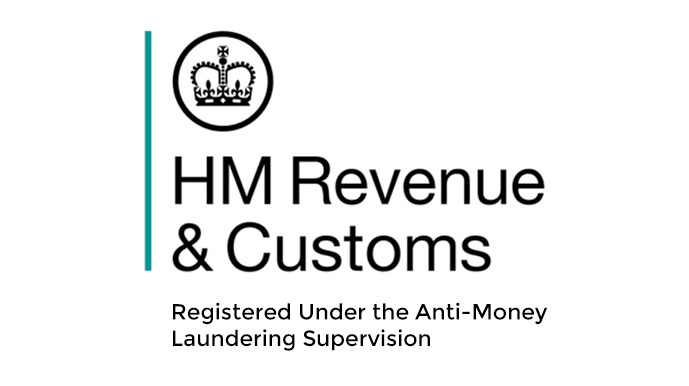Stamp Duty Land Tax (SDLT) stands as a pivotal aspect of property transactions in the United Kingdom. Its history is rich and diverse, reflecting the evolution of fiscal policies and economic landscapes. Understanding its journey sheds light on the intertwined relationship between taxation, governance, and societal needs. Let’s embark on a journey through time to explore the fascinating history of SDLT.
Origins
The roots of stamp duty, from which SDLT derives, can be traced back to 17th century England. In 1694, amidst the financial demands of war, the Stamp Act was passed under the reign of William III. This act imposed duties on various legal documents, including property transactions. The tax was calculated based on the value of the property or the consideration paid, making it a precursor to modern SDLT.

Evolution
Over the centuries, stamp duty underwent numerous transformations in response to economic shifts and governmental priorities. In the 19th century, it became a significant revenue source for the British government. The duty was expanded to cover a broader range of documents and transactions, including conveyances and leases.
The 20th century brought further changes, with the introduction of exemptions and reliefs to alleviate the burden on certain types of transactions. However, it wasn’t until the Finance Act 2003 that stamp duty on land transactions was reformed and rebranded as Stamp Duty Land Tax. This restructuring aimed to modernize the tax system and adapt it to the needs of a changing economy.
Modern Application
Today, SDLT plays a crucial role in property transactions across the UK. It is calculated based on the purchase price of the property, with different rates applying to various thresholds. The tax is progressive, meaning higher rates are applied to more expensive properties. Additional charges may also apply to second homes and buy-to-let properties.
The revenue generated from SDLT contributes significantly to government finances, funding essential services and public projects. However, the tax has faced criticism for its impact on housing affordability, particularly in regions with soaring property prices. Calls for reform and adjustments to SDLT rates have echoed in political and economic circles.
Future Prospects
As we look ahead, the future of SDLT remains subject to ongoing debates and discussions. The evolving dynamics of the housing market, coupled with changing fiscal priorities, will continue to shape the trajectory of this tax. Potential reforms may seek to strike a balance between revenue generation and housing affordability, ensuring that SDLT remains effective and equitable.
Conclusion
Stamp Duty Land Tax stands as a testament to the enduring legacy of fiscal policy in the United Kingdom. From its humble origins in the 17th century to its modern incarnation, SDLT has adapted to meet the demands of a dynamic economy. As we reflect on its history, we gain insights into the interplay between taxation, governance, and societal needs, highlighting the importance of continued evolution and reform in the realm of public finance.






